Your cart is currently empty!
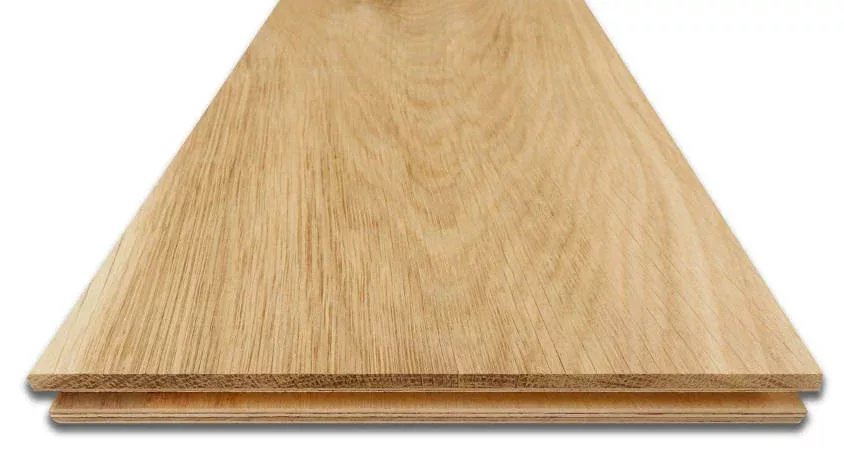
What is Engineered Wood Flooring?
Learn about engineered wood flooring in our expert’s guide for everyone.
If you are in the market for a wood floor, it is very likely you will have like heard of, “engineered flooring” already. But just what is engineered wood flooring and why should you be considering it? We are going to take a look at why engineered wood flooring is often the preferred choice for many people considering a wood floor.
The dictionary meaning of “Engineered” is – designed and built using scientific principles
In the case of Engineered flooring, it has been purposefully designed and built. It is no longer the natural wood floor, that was grown from a tree. Let’s take a look at what that means
Construction of Engineered Wood Flooring
To be considered an engineered wood floor the decorative layer must be real wood. Unlike laminate flooring, where the decorative layer is a print, engineered floors can only have a natural decorative top layer. There is real wood used in making a laminate floor. Wood chips are used in the core HDF material, but there is no real wood used in the decorative surface.
The decorative top layer of real wood can be any thickness. As a general rule, thicker top layers provide longer life and can be sanded more times. It’s also worth noting, that a thicker top layer can add to the cost.
The second component of engineered flooring is the core board. This provides the base layer that the decorative layer is bonded to. The core board is very important. It provides strength and stability to the overall floor. The core is made from materials that are considered more stable than solid wood flooring when exposed to changes in moisture and heat. There are various types of core board used in engineered wood flooring.
The thickness is displayed with the total thickness first and the top layer second. EG 18/5mm = 18mm Total Thickness and a 5mm Real wood top layer.
Types Of Engineered Floors
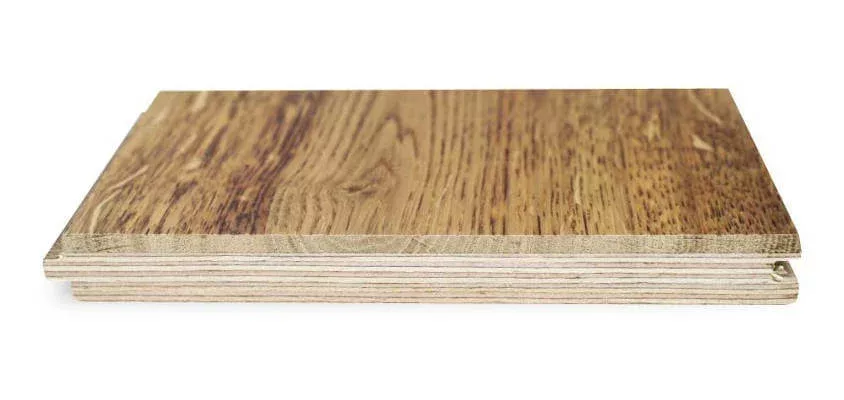
Multi-ply engineered wood floor is the most common type. It provides the closest feeling underfoot too solid wood flooring. The multiple layers provide extra resistance to cupping and over-expansion. Total thickness normally ranges from 13mm up to 20mm. The extra strength in the core plywood allows stability in wide widths of up to 350mm.
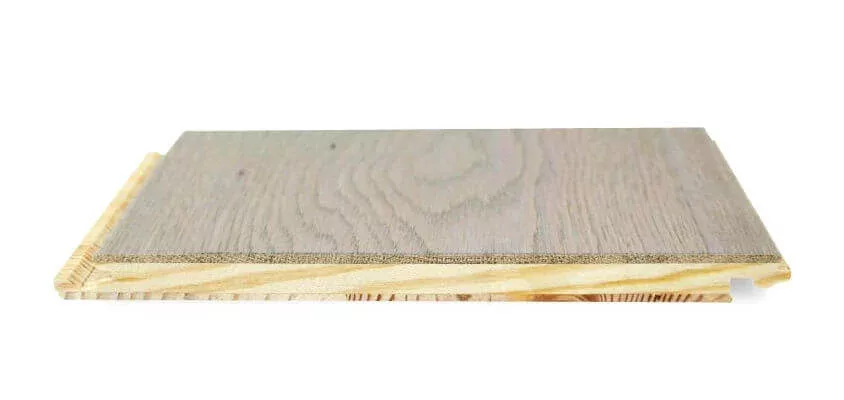
3-ply engineered wood floor is another popular choice. It feels fantastic when installed while still providing great resistance to cupping and overexpansion. Total thicknesses normally range from 12-18mm. We only recommend 3-ply core for boards in widths up to 200mm. This is because the core is not as strong as a multi-ply core and can, therefore, be unstable in wide plank wood floors.
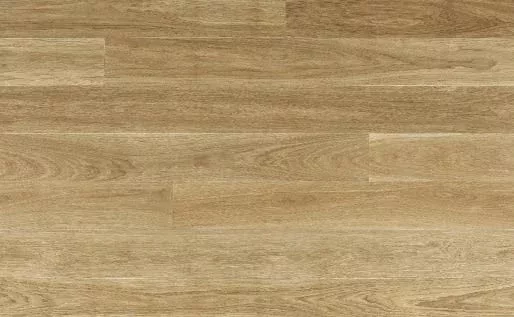
Select & Better Typically, SB grade has few, if any knots, and these will be of minimal size. There will also be a minimal amount of sapwood defects and filler, if any at all. Where filler is used its colour is carefully selected to complement the wood rather than to match it exactly, and the colour of the filler may vary from batch to batch. There will be a relatively small amount of colour variation in the timber itself.
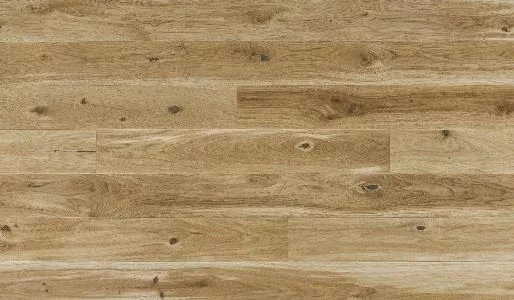
Natural Typically, natural grade will include both heartwood and sapwood and allows a wider range of colour variation. Knots are larger and you should expect checks (cracks across the growth ring) and possibly some end shake (cracks between the rings). Filler will be used, the colour of which is carefully selected to complement the wood rather than to match it exactly, and it may vary from batch to batch.
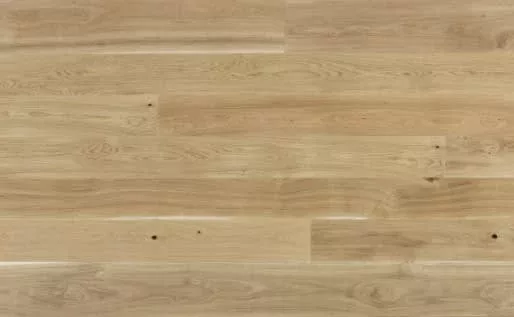
Select select grade typically will have a mix of almost prime boards with other planks which have more knots. Slightly larger knots are allowed in this grade. Heartwood and colour variation in the timber should be expected and there may be some checks (cracks across the growth ring), sapwood and filler. The colour of the filler is carefully selected to complement the wood rather than to match it exactly and it may vary from batch to batch.
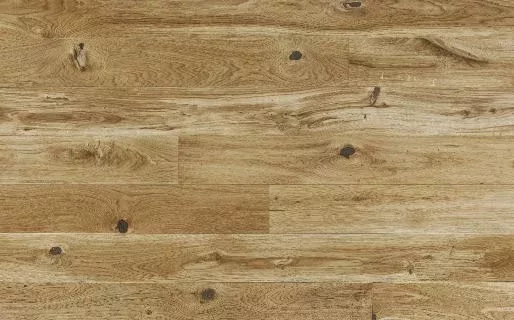
Character character grade typically will have a mix of almost prime boards with other planks which have more knots. Slightly larger knots are allowed in this grade. Heartwood and colour variation in the timber should be expected and there may be some checks (cracks across the growth ring), sapwood and filler. The colour of the filler is carefully selected to complement the wood rather than to match it exactly and it may vary from batch to batch.
The Advantages Of Choosing Engineered Flooring
As we already know, the surface of engineered wood flooring is real wood so the natural characteristics are obvious. But there are other advantages to consider.
- The increase in stability is better for older homes which are vulnerable to larger heat and humidity changes.
- The stability increase also allows for large installations.
- Engineered wood flooring underlay can be used, adding leveling and insulating improvements.
- Due to popularity, there is much more choice available in Engineered Flooring.
- Extra stability means that these floors can often be compatible with click installation
- The risks of cupping are greatly reduced.
Common Misconceptions
At SKOV, we regularly hear many common misconceptions about engineered wood flooring. It is important to be aware of these to ensure that your floor meets expectations.
- Scratch resistance is not improved over solid wood floors. The top layer is still real wood and will still be vulnerable to marks and scratches. (unless it is our anti-scratch wood flooring which has a special protective layer).
- They are not waterproof. Although stability against moisture is improved over solid wood, it is still important to stay within the recommended moisture levels.
- Expansion gaps are still required. Engineered wood flooring does expand less than solid wood, but it does still move with changes in heat and humidity.
- Sanding is OK. If your floor has a top layer of 3mm or more, you will be able to sand the floor back and refinish it multiple times.